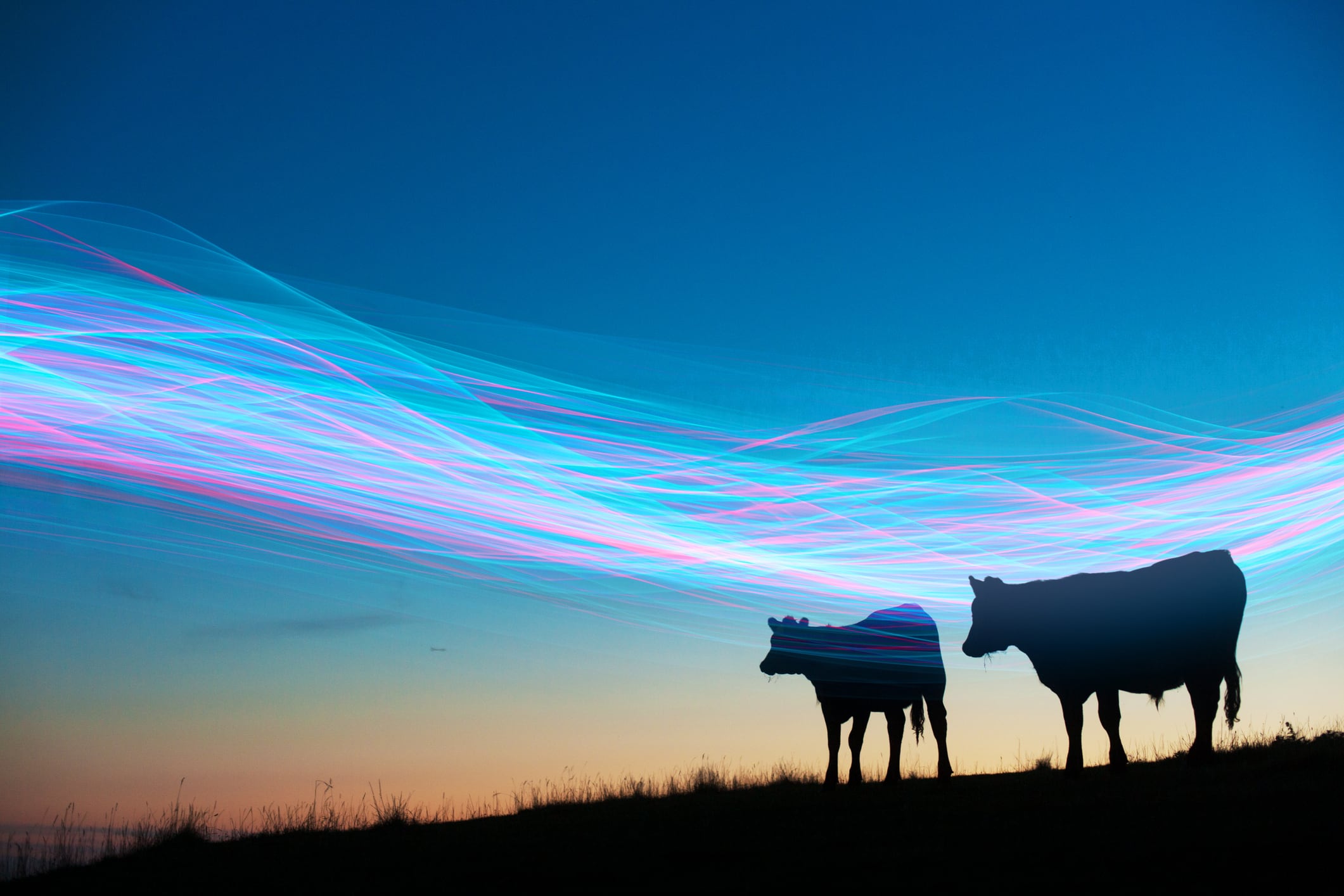The global dairy industry is on the cusp of a profound transformation, moving rapidly from age-old reliance on instinct to sophisticated, data-driven farming powered by artificial intelligence. This shift promises not only to enhance operational efficiency but also to usher in an era of unprecedented sustainability for dairy farms worldwide.
For generations, dairy farmers have navigated the complexities of their trade through a blend of inherited wisdom, meticulous observation, and acute intuition. However, mounting pressures—from rising operational costs and a shrinking labor pool to escalating environmental and regulatory demands—are compelling the industry to seek more robust and innovative solutions.
A groundbreaking new study in the Journal of Dairy Science illuminates how AI in agriculture is providing these critical solutions. This research highlights the integration of advanced technologies like sensor systems and computer vision, which offer powerful tools for automated monitoring, precise decision-making, and seamless data integration, fundamentally redefining herd management.
Central to this revolution is the deployment of always-on sensor technology. These sophisticated devices continuously collect streams of real-time data, feeding them into advanced algorithms. This dairy farming technology enables farmers to detect subtle behavioral changes in animals, proactively identify health risks, and even fine-tune nutrition plans with remarkable accuracy, moving beyond reactive measures.
One of the most impactful breakthroughs detailed in the study is the emergence of computer vision systems (CVS). These systems can capture phenotypes from multiple animals simultaneously, offering an automated and non-intrusive method for comprehensive animal identification, body condition scoring, and analysis. This enables unparalleled precision livestock monitoring at scale, without disrupting daily routines.
Beyond visual data, the integration of large language models (LLMs) represents another significant leap. These models leverage advanced natural language processing techniques to integrate unstructured textual data with other sensor and visual inputs. This capability allows for a more holistic understanding of herd health and productivity, enriching the overall herd health AI framework.
The synergy of camera feeds, diverse sensor data, and textual records through multimodal AI systems facilitates the generation of highly precise phenotype predictions. These predictions encompass crucial indicators such as health risk markers, productivity levels, and reproductive status for each individual animal, empowering farmers with actionable insights for proactive management and optimal resource allocation.
The research emphasizes that for these scalable and impactful technologies to truly flourish in livestock systems, education plays a pivotal role. Bridging the gap between academic research and its translation into commercially viable solutions through enhanced knowledge transfer is paramount for widespread adoption and continuous innovation in sustainable dairy practices.
By embracing these technological advancements and strategically addressing the challenges they present, the dairy industry stands poised to enter a new era of unparalleled efficiency, heightened sustainability, and groundbreaking innovation, ensuring a viable and thriving future for generations of farmers.






Leave a Reply